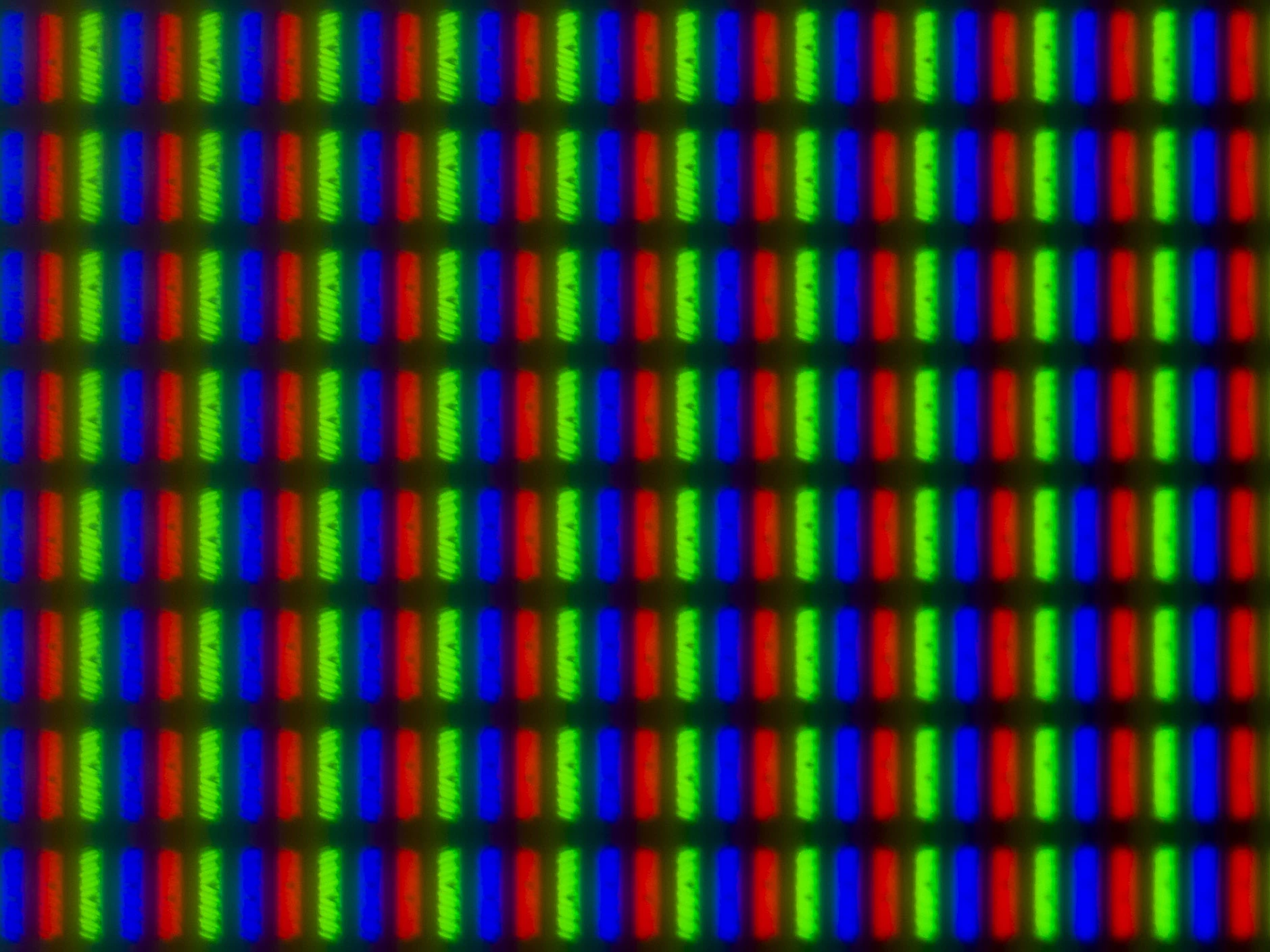The system sounds relatively simple, but requires some fairly fundamental changes to the pixel array behind the screen. Where most screens use red, green and blue LEDs, set at different intensities, to create their full color palette, GM's design would add a fourth pixel throughout the matrix, specifically tuned to the invisible ultraviolet wavelength.
On the surface of the screen, there'll be a fully transparent layer of some kind of metal-oxide-based photocatalyst – probably titanium dioxide, which we've seen used before on self-cleaning solar panels and a range of other applications.
When exposed to UV light, titanium dioxide goes from hydrophobic to super-hydrophilic, and begins attracting moisture out of the air. This creates a thin layer of water on the surface – and it starts oxidizing that water to electrochemically generate free radical molecules, which attack the cell walls, cytoplasm and DNA of bacteria, fungi and other biological organisms.
Effectively, it kills most organic material on the surface, breaking down oil residues and other debris as well. So it slowly cleans and sterilizes the screen, and when the UV light is taken away, the surface goes back to being water-resistant, allowing the moisture to bead up and roll off the surface.
All of which is well and good for self-cleaning windows and solar panels that are exposed to sunlight all day, but it won't do much for the touchscreen in a car, or a laptop or tablet that's typically kept inside.

Hence the extra UV pixels. GM's idea is to design a totally controllable, close-proximity UV-blasting light right into the screen's color matrix, so it can begin the self-cleaning process at any time. You could manually trigger it, if you don't mind running a miniature tanning bed. Or it could be set to quietly blast away for a few hours in the middle of each night when nobody's looking at it.
Strangely enough, this innovation might prove more feasible on touchscreen laptops and the like than in cars; it might end up cheaper to just plonk the photocatalytic coating on the screen and stick a much simpler UV lamp separately into a bezel or a ceiling mount in the cabin, aimed to shine directly on the front of the screen. That could be pretty easy to do in a car, but doing it from behind the screen could be a better solution for computers and other devices.
Either way, it's just a patent at this point – one that covers the use of the technology in "computers, mobile devices, televisions, kiosks, teller machines, and household appliances" as well as vehicles. It's a neat idea, we'd love to see how well it works.
Source: US Patent Office via Autoevolution.






